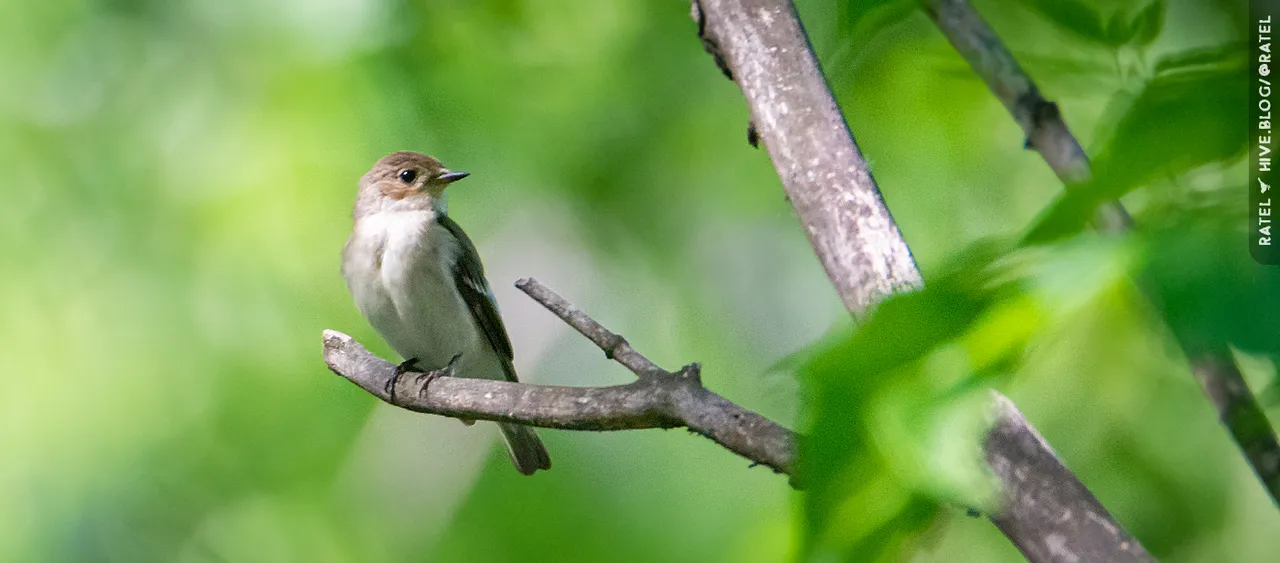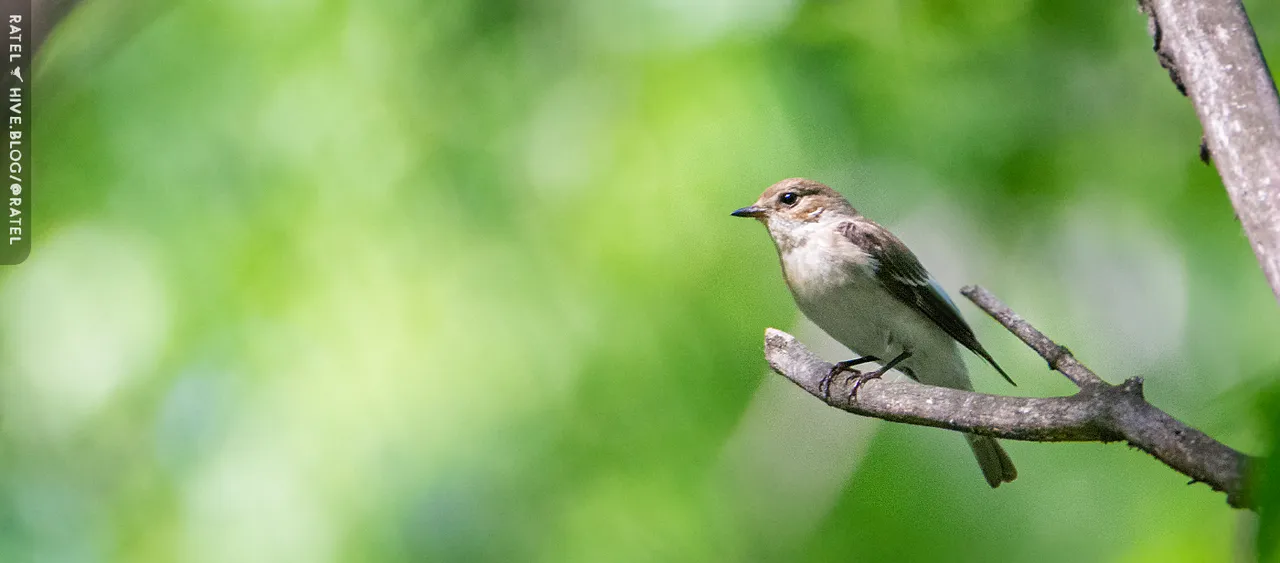What a curse! Today I went to the forest for a photohunting and it turned out that my lens (Tamron150-600mm) was broken ... My "big tammi" died ...😭
Last time I went with him, everything was fine, he worked, but today, as soon as I turned on the camera, the focusing motor does not work, some glitches with the diaphragm, in general, there is an hardware breakdown. I always used it carefully, did not drop it, did not hit it, did not expose it to moisture, snow, etc. Great sorrow for me.😖

🦉 The European pied flycatcher (Ficedula hypoleuca)
📚 Ficedula fi cedulinus (medieval lat.): “A small bird that feeds on figs and turns into a black-headed warbler in winter ”(from: Jobling, 2010)
📚 hypoleuca hypoleucos Greek: hypo below, a little, leukos white, hypoleukos whitish

These birds are interesting in that their color can be different. More precisely, a gradation of dark colors. The color of the plumage can be black or turning into brown, about 9 colors.
They settle in natural tree hollows, or birdhouses carefully hung by people.
Another interesting feature of the bird is that it is omnivorous in relation to insects. She catches any insects. When, for example, tits eat only larvae or caterpillars, some birds eat worms, beetles, but the flycatcher eats anything at all.



